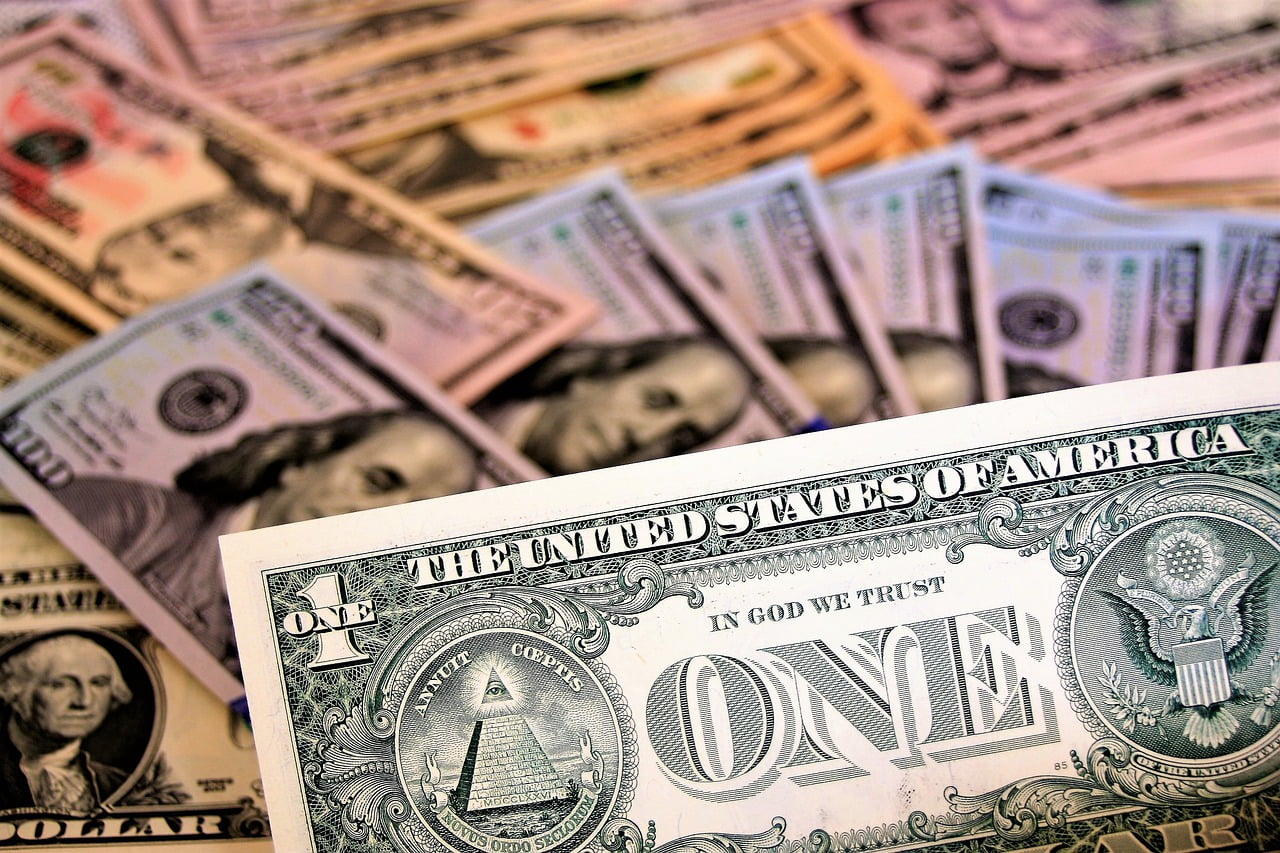Over the last 120 years, the popularity of different reserve currencies have ebbed and flowed, reflecting the shifting fortunes of leading global economies.
Q3 2021 hedge fund letters, conferences and more
For example, in the year 1900, the U.S. dollar and pound sterling made up 0% and 62% of global reserves respectively. But fast forward to 2020, and the pound now represents just 4.7% of global currency reserves, while the U.S. dollar stands at nearly 60%.
Today’s motion graphic from James Eagle looks at the year-over-year change in currency reserves as a portion of total reserves, spread across 120 years.
What is a Reserve Currency?
A reserve currency is a large quantity of currency held in “reserve” by monetary authorities like central banks.
Currencies are often held in reserve in preparation for investments and transactions, among other things. Our vast global trade system, which is approaching $20 trillion in value, means plenty of currencies are always needed in reserve. In fact, an estimated $5 trillion in currency swaps hands every single day.
Here are some reasons that currency reserves are held:
-
- Exchange rate stability for the domestic currency
- To ensures liquidity in times of crisis
- To diversify central bank portfolios, which can reduce risk and improve credit ratings
All things equal, countries benefit economically from greater demand for their respective currencies.
The Rise and Fall of Reserve Currencies
Some economists argue that the demand for currencies in the long run revolves around the economic relevance of a country. In general, the larger and more powerful a nation’s economy is, the greater the network effect, and the more interlinked they are to the global economy. Thus, the greater demand there is to hold their currency in reserve.
The last 120 years of currency reserve data shows some support for this claim. For example, Japan’s economy hit a peak in terms of its relative share of global GDP in the early 1990s, just before the effects of the Lost Decade were felt. Subsequently, their peak as a reserve currency was around the same horizon, at 9.4% in 1990.
America’s Era of Dominance
Due to the economic strength of the United States in the post-WWII era, the dollar is what economists call a vehicle currency.
This means many non-dollar economies still choose to engage in international transactions using the dollar. These smaller and less accepted currencies are often converted to U.S. dollars before proceeding with any business or trade dealings. This is why, although Asian economies tend to have neighboring states as their top trade partners, they still engage in a massive portion of these transactions with the U.S. greenback as the currency of choice.
Here are some facts that further exemplify the strength and power of the U.S. dollar:
-
-
-
- More than 65 countries peg their currencies to the U.S. dollar
- Five U.S. territories and a number of sovereign countries, such as Ecuador and Panama, use it as an official currency of exchange
- Around 90% of all Forex trading involves the U.S. dollar
-
-
Additionally, the dollar is often seen as a haven in times of extreme uncertainty and tumult. Given its status as the world’s reserve currency, it can be perceived as less risky and can withstand economic shock to a greater degree relative to other currencies.
New Challengers to the Dollar
In the not too distant past, the U.S. displaced the UK economically and as the world’s reserve currency. Today, the U.S. economy is showing signs of slowing down, based on GDP growth.
China is on the rise, having already displaced the U.S. as the EU’s top trade partner. With projections for China to overtake the U.S. as the world’s largest economy before 2030 in nominal terms, could a new global reserve currency emerge?
Article by Visual Capitalist






